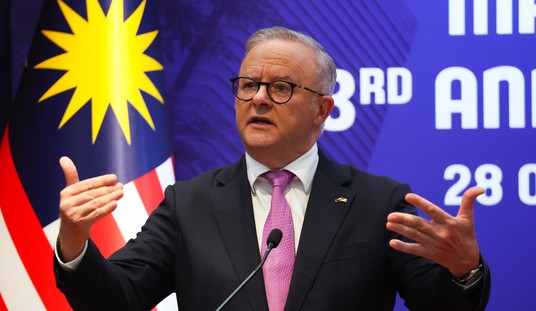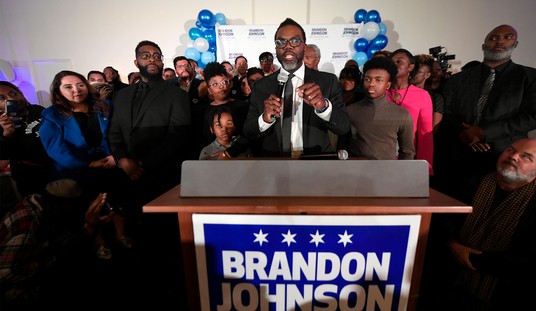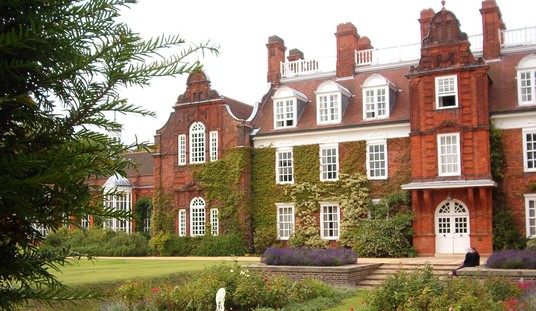The government takeover of student loans has not entirely escaped attention this year, as Congress has pushed to eliminate private-sector involvement in lending for college tuitions. For instance, I wrote about the student-loan bubble in February, before HR 3221 got introduced in April. For the most part, though, the issue has sailed under the radar of the conservative commentariat, as we have focused on larger government intrusions in private markets in health care and energy (cap and trade). While that is understandable, we need to pay some attention to a good example of what happens when a “public option” allows government a wedge to essentially nationalize an industry, as I write in my AIP column today:
Decades ago, the federal government decided to encourage students to attend colleges and universities by subsidizing and guaranteeing loans for tuition and other expenses. That encouraged banks to lend to what normally would be a high-risk constitiuency — teenagers without jobs. That allowed many more students to access higher education, and lenders had little risk in the transaction – and for a while, everyone was happy.
However, that large increase in demand created pressure on prices, too. As more students flooded into colleges and universities, tuitions increased as supply strained to meet the demand. The size of loans had to get larger, which meant more risk transferred to the federal government as it continued to encourage lenders by making the programs nearly fail-safe. The scope of lending also increased under federal pressure and incentives, so that more loans failed and Washington spent more on its guarantees.
If this sounds like a familiar pattern, well, it should. The same mechanisms that inflated the housing bubble were in play in the student loan market. When the former collapsed last year, it damaged the same financial institutions that handled the latter. And that gave Democrats all the opening they needed to argue that the lenders were an unnecessary middleman all along. Instead of using subsidies and guarantees to private lenders to encourage student lending, HR 3221 essentially nationalizes the process.
The bill includes another troubling intervention as well, one that gives Washington yet another wedge in yet another industry. It commits somewhere between $100 million and $750 million to develop and produce online curricula for both high schools and colleges. Of course, we already have people producing these programs at all levels of education; why do we need the federal government to develop parallel curricula? It’s an opening for another power grab down the line, as Rep. John Kline told me yesterday in an interview for TEMS.
Be sure to read the whole column, and don’t forget to read some of the other fine writers at AIP. John Hanlon analyzes Harry Reid’s $250 billion stumble. Jimmy Bise of Sundries Shack corrects the universal health care myth. Kim Priestap writes about the war at home, while Lorie Byrd wonders what happened to the Hippocratic Oath.








Join the conversation as a VIP Member